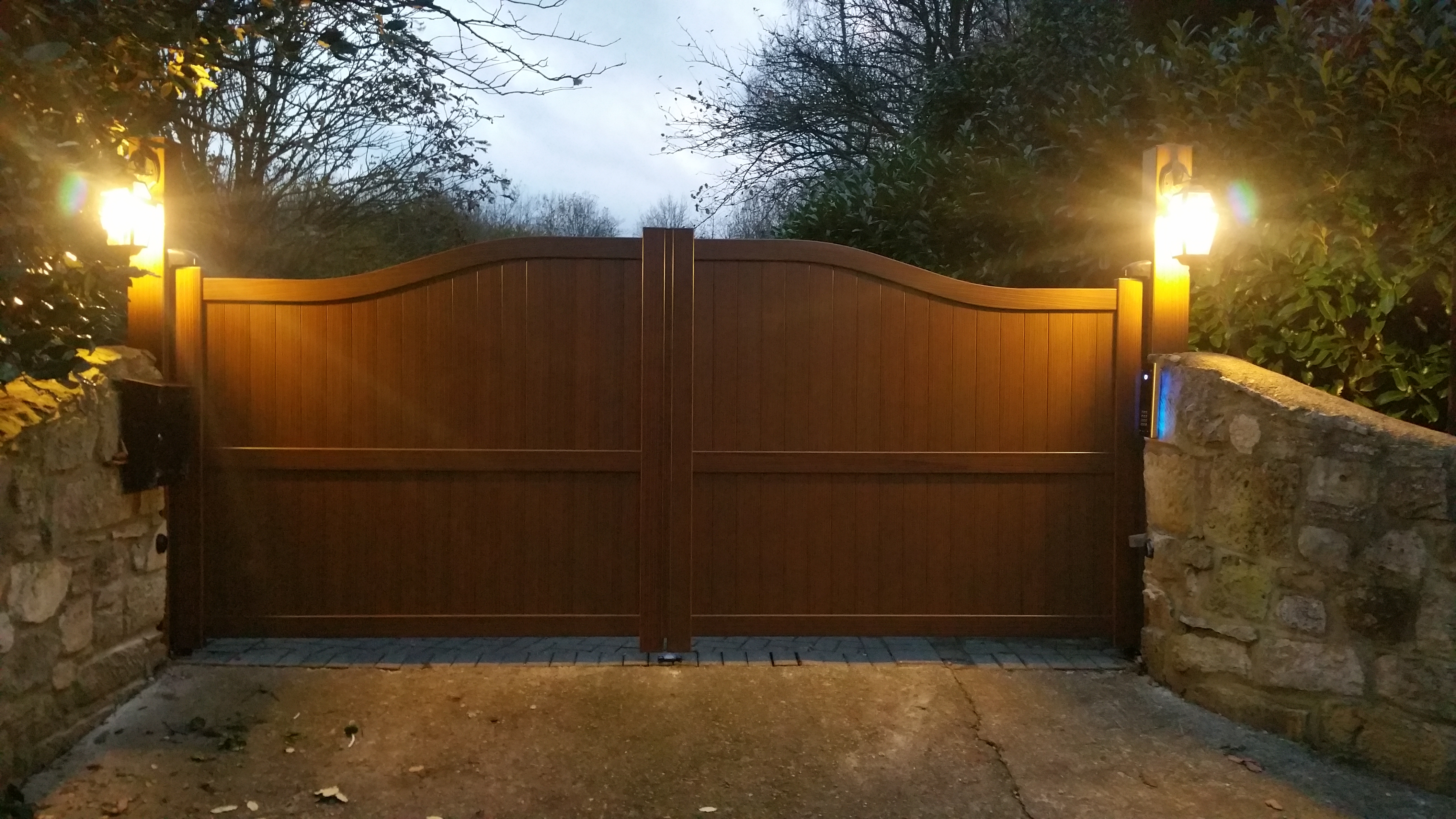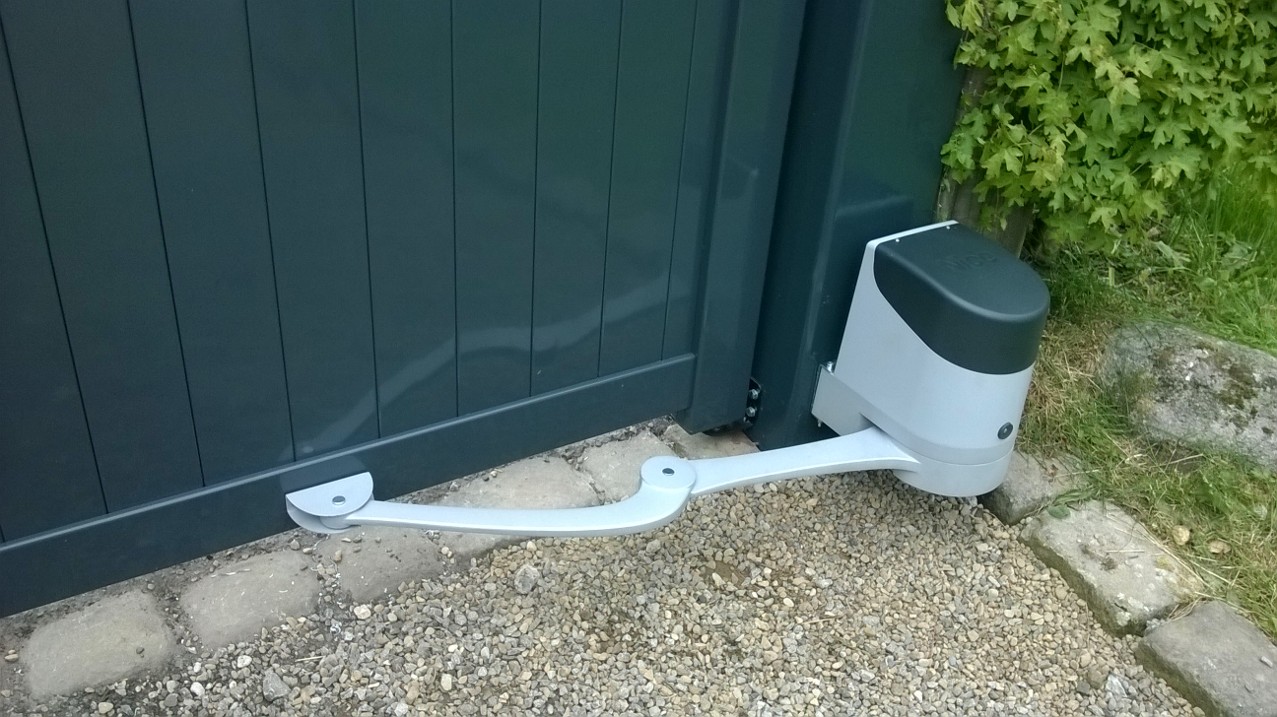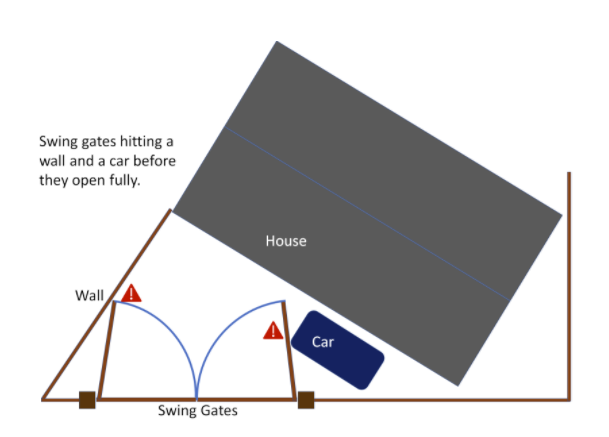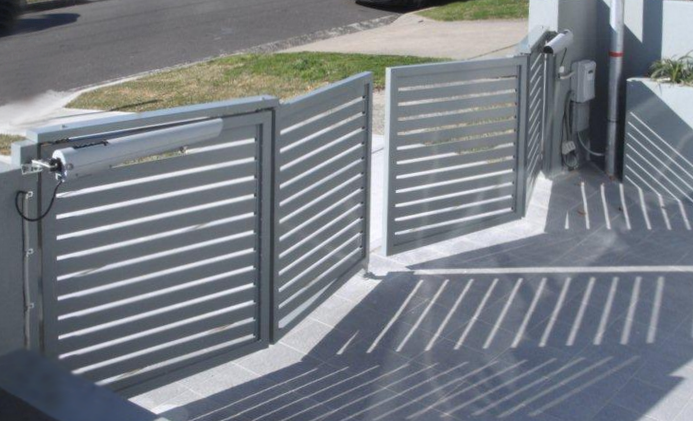-
Your shopping cart is empty!
Menu
Enhance security, convenience, and style with our top-of-the-line automatic swing gates.
As the UK's largest independent supplier, we offer a comprehensive range of swing gate and sliding gate automation kits and parts from leading brands.
Reliable and re..
£3,074.41 Ex VAT £3,689.29 Inc VAT
Easy to install..
£1,546.88 Ex VAT £1,856.26 Inc VAT
Irreversible el..
£2,319.06 Ex VAT £2,782.87 Inc VAT
Nice Hi-Speed H..
£2,871.98 Ex VAT £3,446.38 Inc VAT
LFAB4024-DKIT (..
£2,251.98 Ex VAT £2,702.38 Inc VAT
High-Speed swin..
£2,800.39 Ex VAT £3,360.47 Inc VAT
Irreversible 24..
£2,799.89 Ex VAT £3,359.87 Inc VAT
Ultra-compact u..
£2,083.25 Ex VAT £2,499.90 Inc VAT
This is an ultr..
£2,258.44 Ex VAT £2,710.13 Inc VAT
Titan HS is sui..
£2,056.12 Ex VAT £2,467.34 Inc VAT
New third-gener..
£1,682.29 Ex VAT £2,018.75 Inc VAT
Available in si..
£1,253.02 Ex VAT £1,503.62 Inc VAT
Irreversible 24..
£1,864.01 Ex VAT £2,236.81 Inc VAT
Irreversible 24..
£3,065.34 Ex VAT £3,678.41 Inc VAT
New third gener..
£2,705.78 Ex VAT £3,246.94 Inc VAT
Especially suit..
£843.95 Ex VAT £1,012.74 Inc VAT
Compact Articul..
£823.81 Ex VAT £988.57 Inc VAT
Compact Articul..
£528.55 Ex VAT £634.26 Inc VAT
*14 seconds to ..
£854.19 Ex VAT £1,025.03 Inc VAT
The ideal solut..
£1,164.03 Ex VAT £1,396.84 Inc VAT
NiceHome wirele..
£136.69 Ex VAT £164.03 Inc VAT
* Fast operatio..
£1,040.10 Ex VAT £1,248.12 Inc VAT
* Fast operatio..
£1,277.03 Ex VAT £1,532.44 Inc VAT
* Fast operatio..
£1,869.38 Ex VAT £2,243.26 Inc VAT
PLEASE NOTE - D..
£724.36 Ex VAT £869.23 Inc VAT
Fadini COMBI740..
£2,600.00 Ex VAT £3,120.00 Inc VAT
FOX 724 is an e..
£1,312.00 Ex VAT £1,574.40 Inc VAT
FOX 724 is an e..
£1,000.00 Ex VAT £1,200.00 Inc VAT
FOX 730 is an e..
£1,240.00 Ex VAT £1,488.00 Inc VAT
FOX 730 is an e..
£1,156.00 Ex VAT £1,387.20 Inc VAT
BLITZ-230V - Co..
£1,019.38 Ex VAT £1,223.26 Inc VAT
BLITZ-24V - Com..
£1,209.24 Ex VAT £1,451.09 Inc VAT
2 Calypso 230Va..
£748.75 Ex VAT £898.50 Inc VAT
VULCAN-230V - C..
£1,297.69 Ex VAT £1,557.23 Inc VAT
Armor is a swin..
£950.00 Ex VAT £1,140.00 Inc VAT
Ergo is an unde..
£1,857.00 Ex VAT £2,228.40 Inc VAT
Ergo is an unde..
£1,984.00 Ex VAT £2,380.80 Inc VAT
The Optimo seri..
£955.00 Ex VAT £1,146.00 Inc VAT
For swing gates..
£1,040.00 Ex VAT £1,248.00 Inc VAT
Swing gate automation involves using electric motors to open and close gates automatically, providing convenience and enhanced security. The motors are attached to the gateposts and gates and are controlled via remote control or integrated access control systems. This access control allows homeowners to communicate with visitors remotely and choose whether to grant or deny access, adding an extra layer of security to your property.
A swing gate is hung on hinges mounted to a wall, post, pillar, or pier installed at the side of a driveway. They are usually mounted in pairs with one on each side of the drive opening. As they close, they meet in the middle of the driveway to prevent entry or egress. When open, they leave the entrance completely clear for anyone to drive through.
Owners of manual gates or homeowners with a drive and no gates can choose to have automatic gates. These are moved by motors that are managed by electronic controls. System safety features help prevent the gates from causing damage or injury.


We supply everything you need for automatic gates and access control, including:
Our products come from renowned brands like Nice, Came, Beninca, and others, ensuring you receive top-quality components for your gate automation project.
Swing gates can be operated by various motors, each with its own advantages:
Our experts can help you choose the best option for your specific installation requirements.

Ram Gate Motors
Rams have a compact motor body containing a slender piston arm. They are strong and use the principle of leverage to their advantage. The gate mounting point is a long way from the hinge, so they don't require a lot of force to open and close gates. However, care needs to be taken during installation to ensure that the geometry is correct so that the piston can move freely.
Linear screws look similar to ram gate motors, but they use a threaded shaft turned by an electric motor instead of a moving piston. This design offers precise control over gate movement.
Articulated arm motors can be installed on thicker pillars further from the plane of the gate. They are more tolerant of slight installation inaccuracies and, like rams, the attachment to the gate is away from the gate hinge, so they need less force to open and close gates.
Underground motors are discrete gate operators hidden in pits dug directly below the gate hinges. They require careful installation as the motor output shaft has to be in line with the top hinge of the gate. They also need good drainage because their electric motors cannot be sat in water for any period of time. Underground gate motors need to be strong to apply the higher force required to move the gates from so close to the hinge.
These are incredibly discrete motors housed inside specially made posts. They have the same leverage issues as underground motors but don't need drainage as they are mounted above ground.

Our swing gate automation systems can be integrated with smart home ecosystems, and are compatible with voice assistants like Amazon Alexa and Google Assistant. Control your gates with ease using your smartphone or smart home device, adding a modern touch to your property's security and convenience.
We offer eco-friendly swing gate automation options, including energy-efficient motors and solar-powered backup solutions. Our commitment to sustainability extends to using durable, sustainable materials in gate construction, ensuring that your investment is both environmentally responsible and long-lasting.
Yes, automated swing gates can open either away from the property or towards the property, depending on space and site-specific factors. For safety reasons, outward opening gates cannot open onto pavements or roads outside your property. We offer solutions for various scenarios:
A qualified installer will assess your property and recommend the best solution for your specific needs.
 Swing Gates and Sloping Driveways
Swing Gates and Sloping DrivewaysFor properties with sloping driveways, we offer special solutions to ensure smooth operation of your swing gates so they don't hit the riding driveway as they open.
The area swing gates move through as they open and close must be clear of parked cars, walls, plants, etc., to avoid collisions.
In areas prone to strong winds, fully boarded gates can act like sails. Our experts can advise on the best gate design and motor selection to ensure reliable operation in windy conditions or suggest alternatives like sliding gates.
Get in Touch with Us Today!
Our team is ready to assist you with all your swing gate automation needs. Fill out our enquiry form, call us at 01895 232 626, or email sales@linkcare.net for expert advice and support.